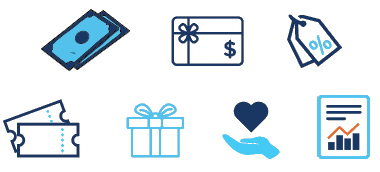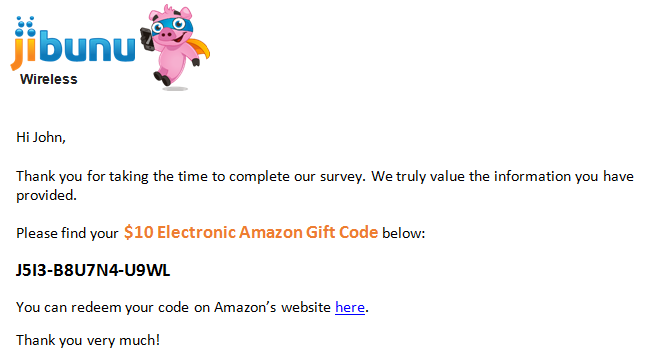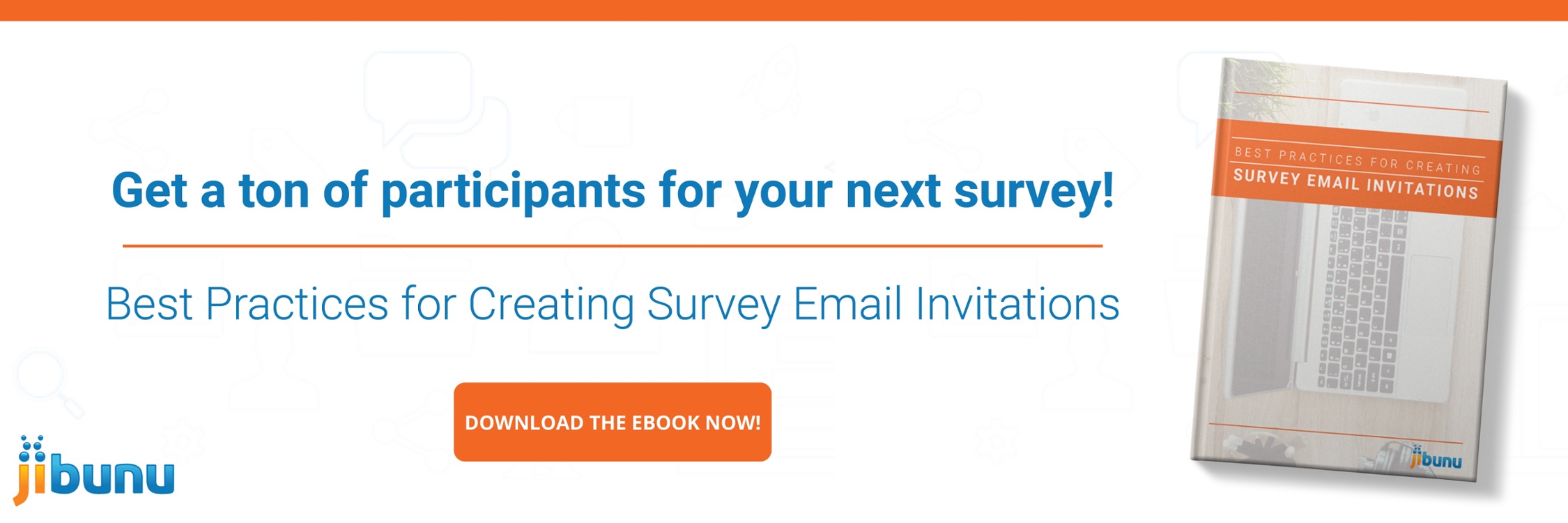Why do researchers offer survey incentives? People are busy! Most people rarely have enough time in their day to do everything they’d like to, so sitting down to the take a survey probably isn’t on top of their to-do list.
That’s bad news for people trying to collect data. In general, researchers are facing declining response rates as people exercise more choice over when and how they are contacted. To get those response rates up, more and more researchers are sweetening the pot with survey incentives.
But incentives aren’t without risk. If you offer a prepaid incentive, you run the risk of respondents taking the incentive and not completing the survey. If you offer a postpaid incentive, you run the risk of respondents giving you bad data just to get at the prize. And of course, you could offer no incentive at all, but then you run the risk of getting a low response rate.
So, which do you choose? To decide, all you have to do is ask yourself a few questions: Who, What, When, Where, and Why?
1. Who is Your Audience?

Who your audience is should influence what type of incentive you choose and whether you offer an incentive at all. What do they care about? Why would they or wouldn’t they respond to your survey? Are they interested in the survey topic, do they want to help one of their favorite companies, or are they in it for the incentive?
If you have a good relationship with your audience or you know they genuinely care about the topic, you may not need an incentive. If you’re surveying consumers, you may be better off with a reward like a physical gift or a gift card. If you’re surveying people who contribute to non-profits, they may prefer you donate to charity.
Take a hard look at how your audience is and find out what drives them.
2. What Type of Survey Incentive Should You Offer?
Once you know your audience, you’ll have a better idea of what type of survey incentive you should offer. There are monetary incentives and non-monetary incentives. Monetary incentives are often the most compelling, but you run the risk of getting bad data if you offer them in high quantities. Keep in mind how long the survey will take to complete. A 5-minute survey will warrant a smaller incentive than a 45-minute survey.
Here are some of your options:
- Cash
- Gift Cards and Gift Codes

- Raffles, Lotteries, and Sweepstakes
- Gift Items
- Donations to Charity
- Information, Data, and Research
According to RetailWire, GreenBook found in a global survey that 40% of respondents preferred cash as an incentive while 22% preferred gift cards. While cash and gift cards may be preferred, it depends on your audience. Business executives may prefer a research white paper to a $10 VISA gift card.
3. When Will They Receive It?
When delivering your incentive, you have to choose between prepaid or postpaid. That is, do they get the goods before taking the survey or after? Most research has shown that prepaid incentives are the most effective at increasing response rates, but postpaid incentives are almost equally effective.
Again, it all comes down to your audience. If you think there’s a risk your respondents will take the money and run, you may be better off with a postpaid incentive.
If you think they’ll take your survey in good faith, prepaid is probably the way to go.
If you decide to go with postpaid be upfront about how long it will take to receive the incentive. If processing takes a week, but respondents were expecting it immediately, they make get upset, which can give you a bad reputation and loss of customers.
4. Where/How Will They Receive It?
If you decide to offer an incentive, you need to know how you’ll deliver it. Will you send it via email or deliver it through the survey itself? A prepaid incentive could be sent in an email that links to your survey. A postpaid incentive could be provided through an embedded URL in the survey itself or sent via email after completion.
If you’re sending a physical gift to you respondents, you’ll need to mail it to them, which can increase the costs of your survey. Whichever method you use, make sure it is easy for you to deliver and easy for the respondent to redeem. Be sure to thank them for their time and provide instruction on how to redeem the incentive.

5. Why Should/Shouldn’t You Offer an Incentive?
There are pros and cons to offering survey incentives:
The Pros:
People will be more likely to take time out of their day to complete a survey if they know they’ll get something in return. According to an experiment by Gallup, groups who received an incentive had a 19%-20% response rate while groups who didn’t only had a response rate of 13%.
The Cons:
Incentivization means people might sign up and/or complete your survey just to get a monetary reward. That could lead to low-quality data and a lot of incompletes, or worse, it could attract “professional” respondents who speed through the survey
Some people may even associate incentives with low-quality, or even deceptive surveys. It’s not uncommon for scammers to use promises of money to try to steal data. If someone receives a survey email invitation with an incentive that seems too tantalizing, they may delete it without a second thought.
Making Your Decision
If you do decide to use a monetary incentive, smaller is usually better, at least as far as Quirks is concerned. Small incentives are more affordable for you and are less likely to cause bad survey results. But keep in mind that monetary incentives are the most likely to cause problems. Quirks also recommends exploring non-monetary incentives before moving on to monetary options.
In the end, your audience is your best guide to deciding. Ask yourself these questions, do an analysis of your options, and choose the incentive (or lack thereof) that makes the most sense for your audience so you can get more surveys completed.

